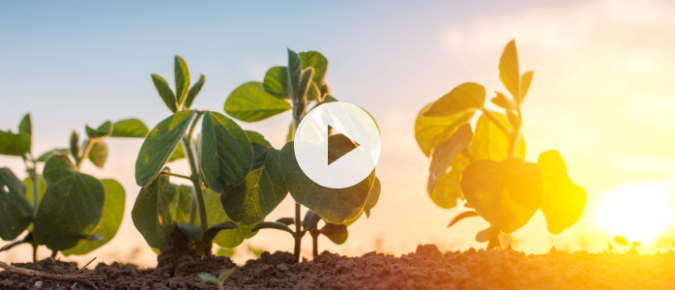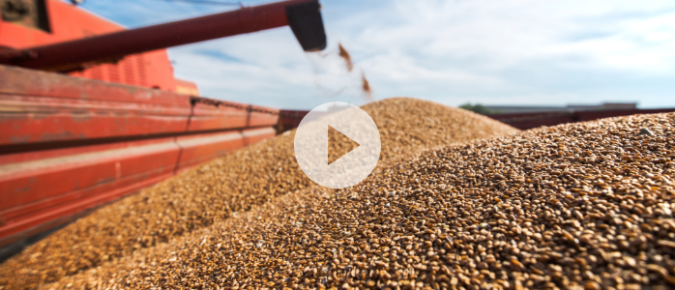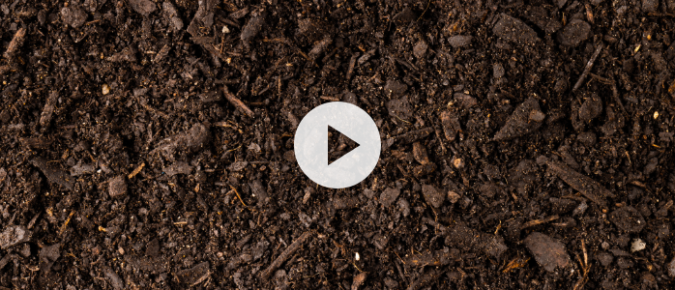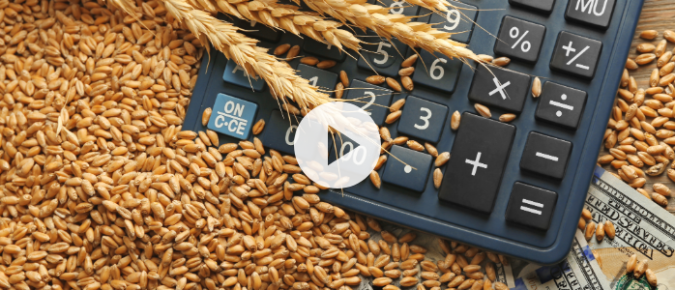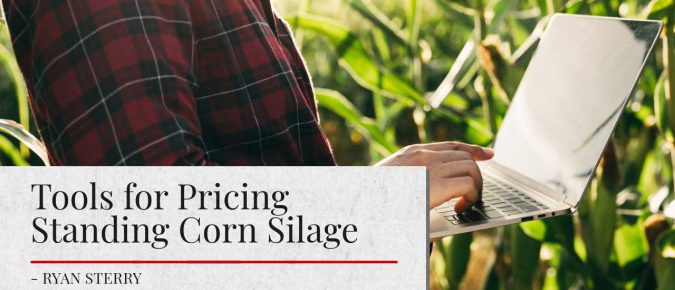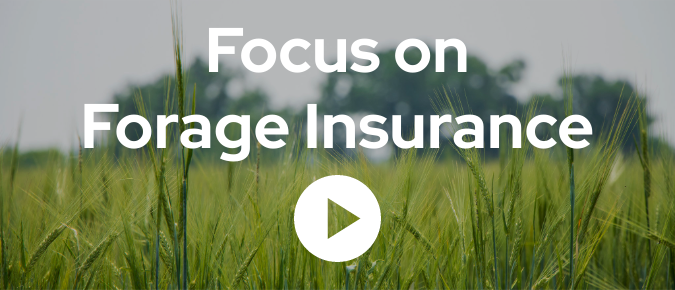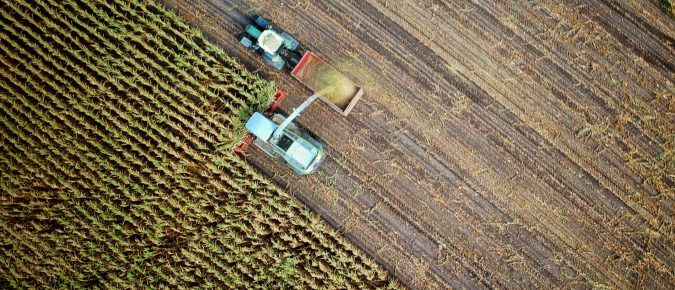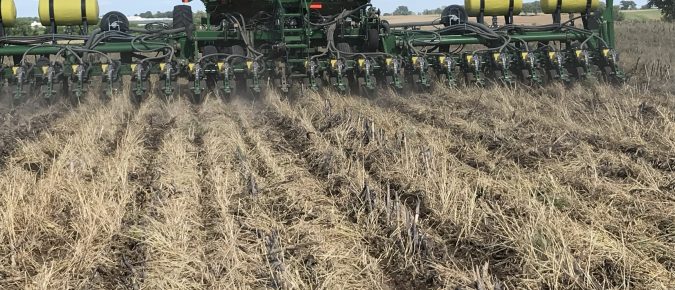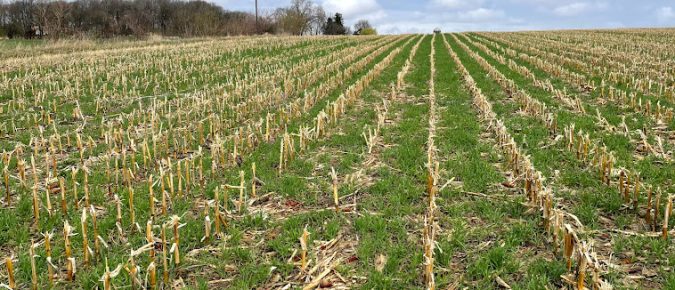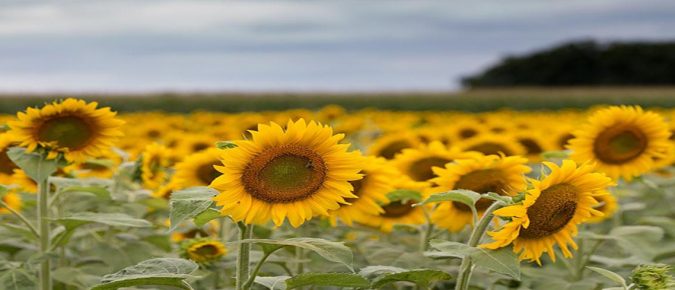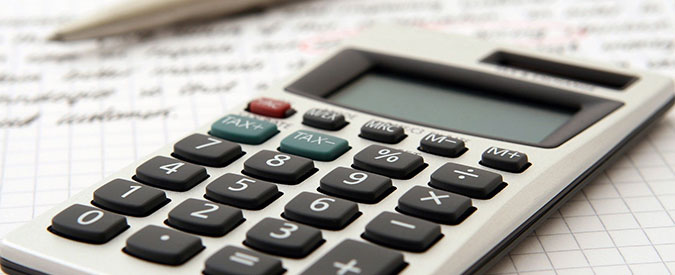In the October 23, 2024 Badger Crop Connect webinar, Dr. Paul Mitchell — a professor in the UW–Madison Department of Agricultural and Applied Economics, extension state specialist in cropping and environmental management economics, and director of the Renk Agribusiness Institute — discussed expectations for 2024 crop input costs. Dr. Mitchell explains projected input costs through current fuel, technology, and overhead expense data.
In the October 23, 2024 Badger Crop Connect webinar, Dr. Brenda Boetel — professor and department chair in the UW–River Falls department of agricultural economics and extension state specialist in agriculture economics and marketing — discussed current market trends and data related to corn and soybean pricing in the 2024/25 marketing year. Dr. Boetel gives recommendations for the beginning of the 2024/25 marketing year for corn and soybeans as well
In the October 23, 2024 Badger Crop Connect webinar, Dr. Jeff Hadachek — assistant professor in the UW–Madison department of agricultural and applied economics — discussed his ongoing economic research related to cover cropping and water quality issues. Dr. Hadachek revealed a Soil Health Decision Tool, which allows farmers to simulate and experiment with several variables to determine if agronomic practices, like cover cropping, produce an economic return on investment by improving soil health.
The June 26 Badger Crop Connect webinar featured Dr. Brenda Boetel, Professor and Department Chair of Agricultural Economics, and Extension Agricultural Marketing Specialist at UW–River Falls. The grain markets are off of their February 2024 lows; however, prices still remain lower than what farmers have experienced the previous few years.
Dr. Mitchell opens with a quick update on prevented planning options with crop insurance and where we are with crop progress and crop conditions based on USDA NASS data. He then examines various indicators about the current state of farm finances in this year of projected tight margins for corn and soybeans, such as land values, loan repayment rates, interest rates and inflation. Discussion focuses on financial steps farmers can take now as they prepare for fall. Dr. Mitchell closes with some updates on where Congress is with the Farm Bill and some of the changes being proposed for commodity support and crop insurance.
Tools are available to help corn growers and dairy and livestock producers negotiate a fair price for corn silage.
The recordings of the first Focus on Forage webinar in the 2024 series, Focus on Forage Insurance, featuring Pamela Stahlke and Dr. Paul Mitchell.
As the 2023 crop season get started, landowners and custom service providers are negotiating custom rates, but the newest Custom Rate Guide for Wisconsin is from 2020[1]. Prices have increased a lot over the past three years.
It seems like every week brings another story about carbon credits for farmers. There are many factors to consider before jumping in and enrolling your farm in a carbon program. So what is a carbon credit? A carbon credit is created from a carbon offset, which is an activity that prevents the emission of carbon dioxide or another greenhouse gas to the atmosphere that would otherwise be emitted.
This tool is intended to capture a snapshot of the immediate financial expenses and income that a farm may experience in using practices such as cover cropping and reduced tillage, particularly in grain crop systems.
Trying to decide what agriculture enterprise is right for you? An online tool from UW-Madison Extension helps you determine which is the best fit for you.
Estimating, or even better knowing, your cost of production on a per bushel or per ton basis helps to determine marketing or purchasing strategies.

